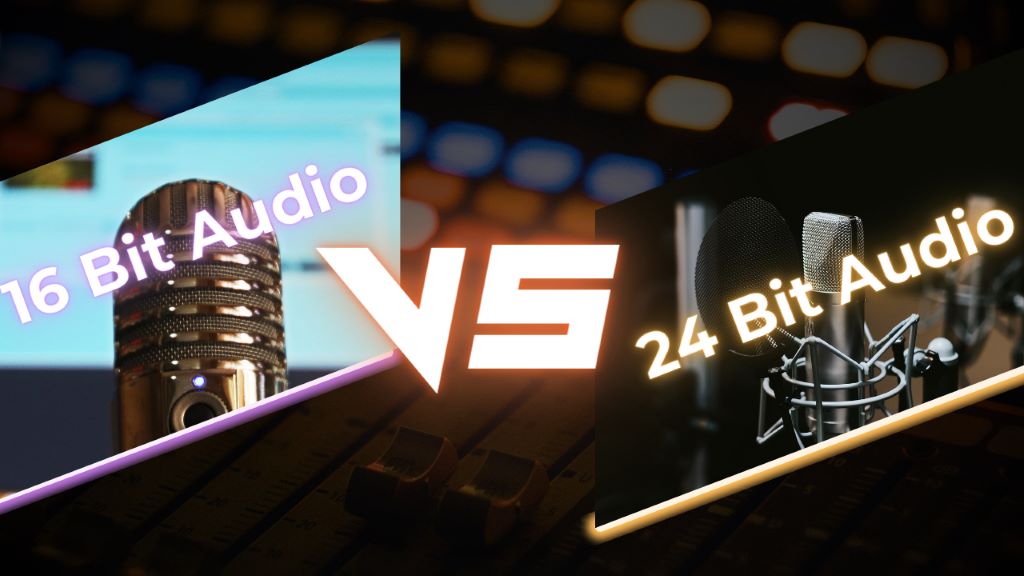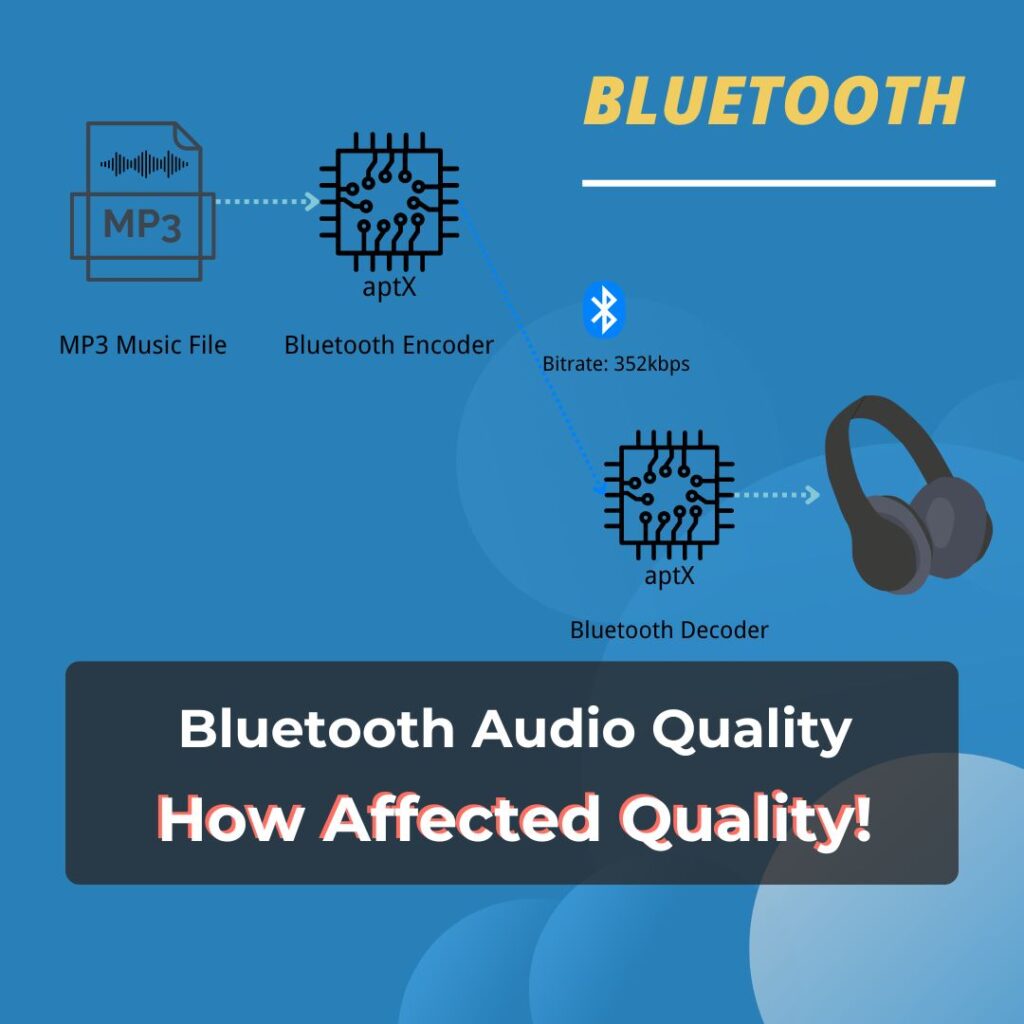
Through dedicated time and genuine effort, we have carefully written this article to provide you with comprehensive insights into the nuances of 16-bit versus 24-bit audio. Dive in and discover the clarity and depth your audio experience deserves.
Below is a concise breakdown of the key points covered in this article:
Now, let’s delve into the detailed comparison between 16-bit and 24-bit audio to understand their respective strengths and applications.
Bit Depth
Bit depth refers to the number of bits of information used to represent each sample in digital audio. It determines the dynamic range and resolution of the audio signal. Common bit depths in digital audio are 16-bit and 24-bit.
Quantization Noise
Imagine turning up the volume on your radio – that smooth increase in sound? That’s analog audio. When we convert this to digital files for computers or phones, it’s like turning a knob with clicks instead of a smooth turn. These tiny clicks are quantization noise, a kind of background fuzz that can mess with the sound quality.
16 bit VS 24 bit
In 16-bit audio, each sample is represented using 16 bits of data. This allows for a total of 65,536 possible amplitude levels. While this is generally considered adequate for many applications, it can introduce noticeable quantization noise, especially in quieter passages of music.
Imagine sound waves like hills and valleys. Regular (16-bit) audio captures these in 65,536 levels, which is pretty good. But 24-bit audio uses 16 million levels! This means it can capture even the tiniest changes in volume, resulting in smoother transitions between quiet and loud parts. Plus, it reduces background noise from the recording itself.
Even though 24-bit audio can capture a wider range of volume and reduce a certain type of background noise, it’s not the whole story. Modern sound devices are pretty smart. They take the digital information and smooth it out before turning it back into actual sound, getting rid of any scratchiness. So, the difference between 16-bit and 24-bit audio might be less noticeable than you’d think. As a result, quantization noise is not as pronounced as theoretically expected. Moreover, the human ear can only perceive a range of about 20 bits in theory, further influencing the practical application of higher bit depths in audio.
How Do You Choose Bit Depth?
Choosing 16-bit or 24-bit audio depends on two main things: price and sound quality. While 24-bit sounds better, it takes up more space and can be more expensive to use. On the other hand, 16-bit is more affordable and works well when super high quality isn’t required.
Understanding your audience’s needs is essential in choosing the appropriate bit depth. For people who really care about the tiny details in sound recordings, like professional audio engineers and audiophiles, 24-bit audio is usually better. But if you’re just listening at home or worried about how big the files are, 16-bit audio sounds great too. Picking the right one for what you need will make your digital audio experience the best it can be.
Summary
Picking between 16-bit and 24-bit audio comes down to three things: how much you want to spend, how much space you have for your files, and how good you want the sound quality to be. Once you know these things, you can choose what’s best for you. If you want to learn more about getting the best sound quality and what equipment we recommend, check out our top pick pages.



